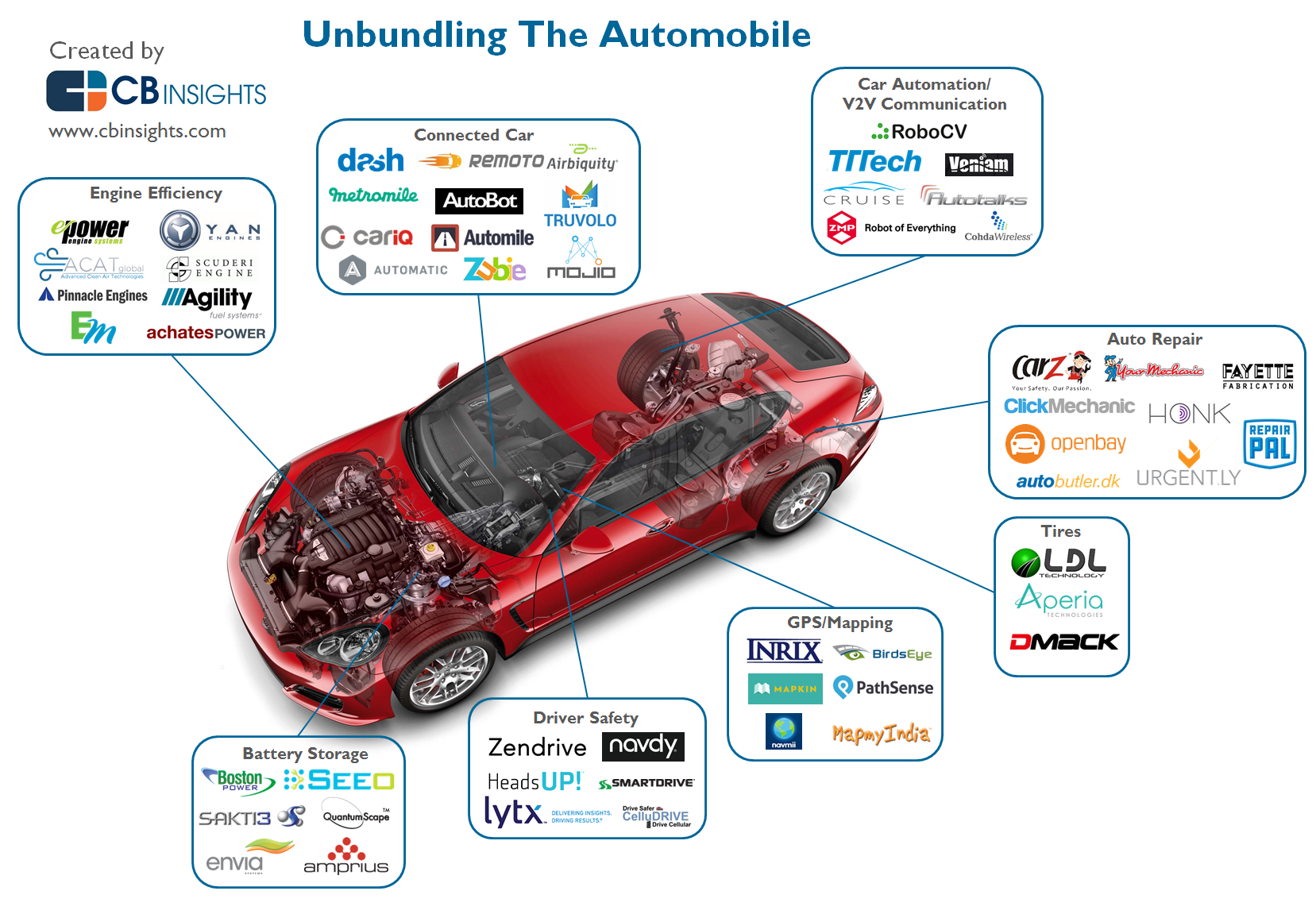Acquaint On Your Own With The Dashboard Warning Lights In Your Auto To Focus On The Wellness And Safety Of Your Vehicle
Acquaint On Your Own With The Dashboard Warning Lights In Your Auto To Focus On The Wellness And Safety Of Your Vehicle
Blog Article
Article Produced By-Kessler Bishop
When you're behind the wheel, those glowing warning lights on your dashboard can be a little bit perplexing. Do you understand what they're trying to inform you regarding your vehicle's health? Recognizing the value of these lights is vital for your safety and the long life of your automobile. So, the following time one of those lights appears, would not you want to decode its message precisely and take the necessary actions to resolve it?
Common Caution Lighting and Interpretations
Identify typical warning lights in your car and understand their meanings to guarantee safe driving.
One of the most regular warning lights include the check engine light, which signals problems with the engine or emissions system. If this light begins, it's vital to have your car checked promptly.
cheap brake repair alerting light suggests low oil stress, needing prompt focus to avoid engine damage.
Continue Reading blinking battery light could recommend a malfunctioning billing system, possibly leaving you stranded if not resolved.
The tire stress monitoring system (TPMS) light alerts you to low tire pressure, affecting vehicle security and gas efficiency. Neglecting this can lead to hazardous driving problems.
The abdominal muscle light shows an issue with the anti-lock stopping system, compromising your ability to quit quickly in emergencies.
Finally, the coolant temperature level advising light warns of engine overheating, which can cause severe damage otherwise dealt with promptly.
Comprehending these common warning lights will certainly help you deal with concerns without delay and preserve safe driving problems.
Relevance of Prompt Interest
Understanding the common caution lights in your cars and truck is just the primary step; the relevance of promptly resolving these warnings can't be stressed enough to guarantee your security on the road.
When a caution light illuminates on your control panel, it's your vehicle's means of connecting a potential concern that requires interest. Disregarding these cautions can result in extra serious problems down the road, compromising your safety and possibly costing you much more in repairs.
Prompt attention to alerting lights can stop malfunctions and accidents. As an example, a flashing check engine light could suggest a misfire that, if left unattended, might trigger damages to the catalytic converter. Resolving this quickly can conserve you from a pricey repair.
Similarly, a brake system cautioning light could signal low brake liquid or worn brake pads, critical parts for your safety when driving.
DIY Troubleshooting Tips
If you discover a warning light on your control panel, there are a few do it yourself troubleshooting pointers you can attempt prior to looking for expert help.
The initial step is to consult your cars and truck's manual to recognize what the specific caution light suggests. Sometimes the concern can be as simple as a loose gas cap causing the check engine light. Tightening the gas cap might solve the trouble.
An additional usual issue is a reduced battery, which can cause different advising lights. Inspecting the battery connections for corrosion and guaranteeing they're secure may fix the problem.
If a warning light persists, you can try resetting it by separating the cars and truck's battery for a few mins and after that reconnecting it. Furthermore, inspecting your car's fluid degrees, such as oil, coolant, and brake liquid, can help fix warning lights connected to these systems.
Final thought
Finally, understanding your vehicle's caution lights is crucial for maintaining your lorry running smoothly and securely. By quickly addressing these alerts and understanding what they imply, you can stay clear of costly repair services and prospective malfunctions.
Bear in mind to consult your car's manual for specific details on each alerting light and do something about it accordingly to guarantee a trouble-free driving experience.
Stay notified, stay safe when traveling!
